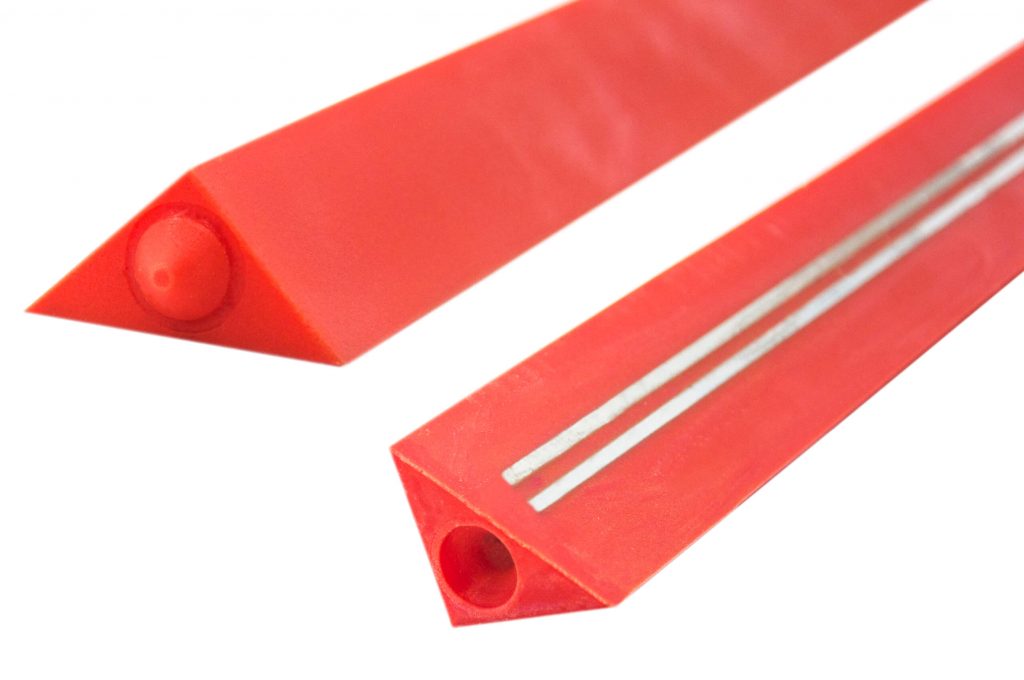
What uses can magnets have in the construction sector?
The construction sector has always been one of the most dynamic sectors in Spain and also one of the most dynamic and innovative in the world. Within the construction sector we find both the civil or private construction of houses and blocks of flats (which is often the most commonly thought of) but also the large civil works that are usually commissioned by governments, cities and regions and which aim to provide a range of services and equipment to large social groups.
Magnets, key elements of the sector
Thus, a mere analysis of the sector makes us see that it is a very open and plural sector, in which we can find both private residences and football stadiums through bridges, roads or blocks of flats. The needs of such a sector are very broad and plural and, as could not be otherwise, magnets in the construction sector are a key element of many machines and tools that are commonly used in the manufacture of houses and buildings.

On the one hand, magnetic systems and magnets are present in many mechanisms and devices used in construction. Thus, in the processors of the immense cranes that mark out the urban landscape or in the engines of the concrete mixers we can observe how small magnets act that form part of the mechanism of these ingenuums as it usually happens in almost any computer or in almost any vehicle of a certain technology.
However, this is not the only role of magnets in the construction sector. On the contrary, the construction industry has been incorporating magnets into practices and concepts that previously were not used to achieve much more safety and adherence. For example, one of the uses that often come to mind when thinking about magnets and construction, are usually magnetic grip screwdrivers that make it easier to make the screwdriver and screw are joined and can be manipulated.
A wide range of solutions
Under this same principle: to make the handling of the different tools and constructive elements simpler and safer, magnets have been applied to the construction sector in many other things that the laymen of the matter could not imagine. For example, magnetic systems involving magnets are used in today’s formwork to ensure that formwork installation and handling is safer and much more effective than it would be if magnets of this type were not present.
In addition, magnetic walls are another of the most innovative building elements currently under construction. These are walls in which the magnet guarantees greater safety in the placement and installation and gives them greater strength. On the other hand, also in the construction sector we see the use of magnets in the magnetic blocks of polyurethane applied to the confection of formworks, which is the part of the constructive process in which more magnets intervene.
Finally, another of the constructive elements in which magnets play a fundamental role are the iron anchors in prefabricated panels, where polyurethane spheres are usually used to be able
to fix this type of constructive elements in an easy, precise and simple way. In addition, this type of fixation exists in 4 different classes adapting to the specific needs of the anchorage or precise point of attachment.